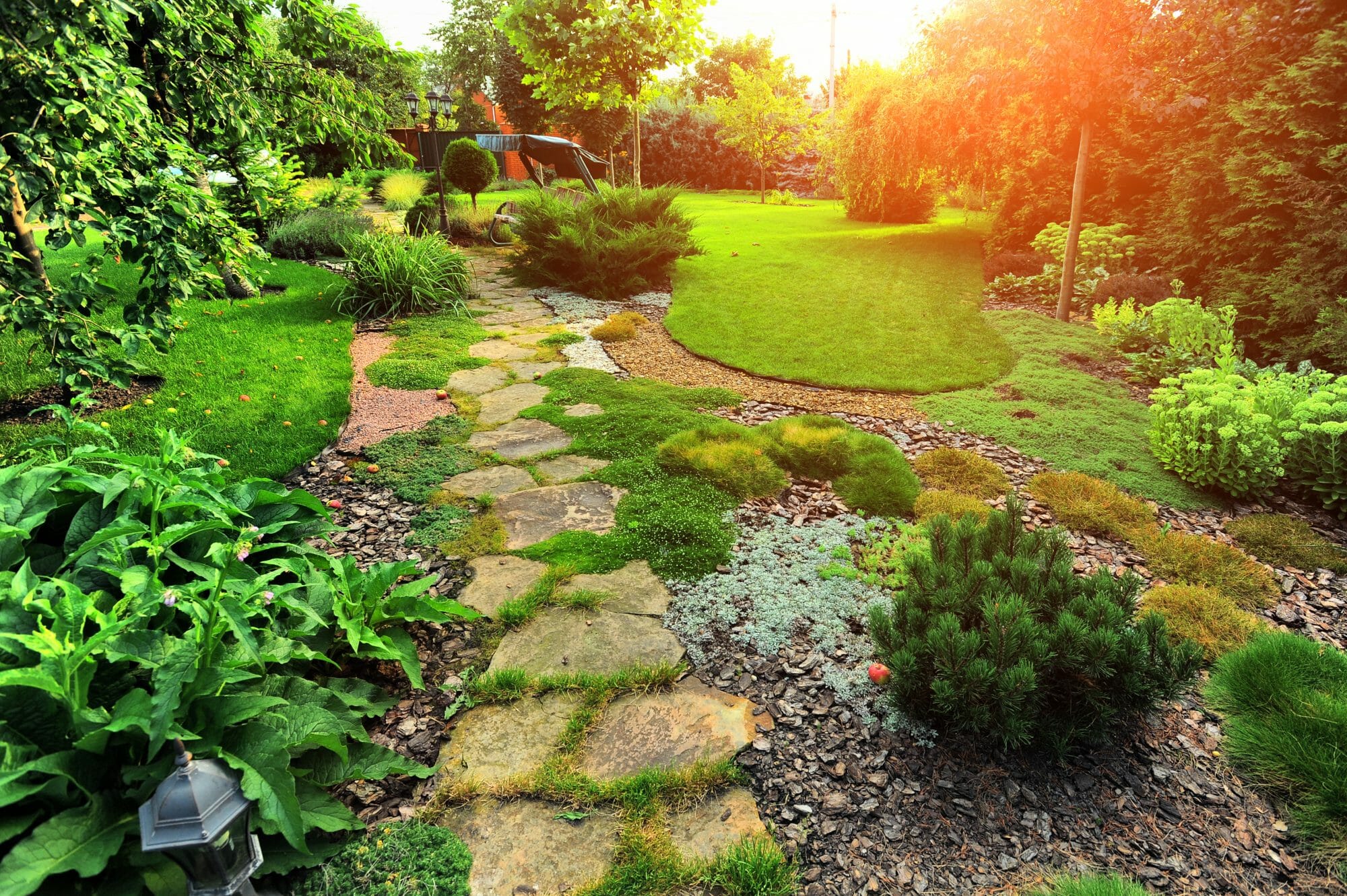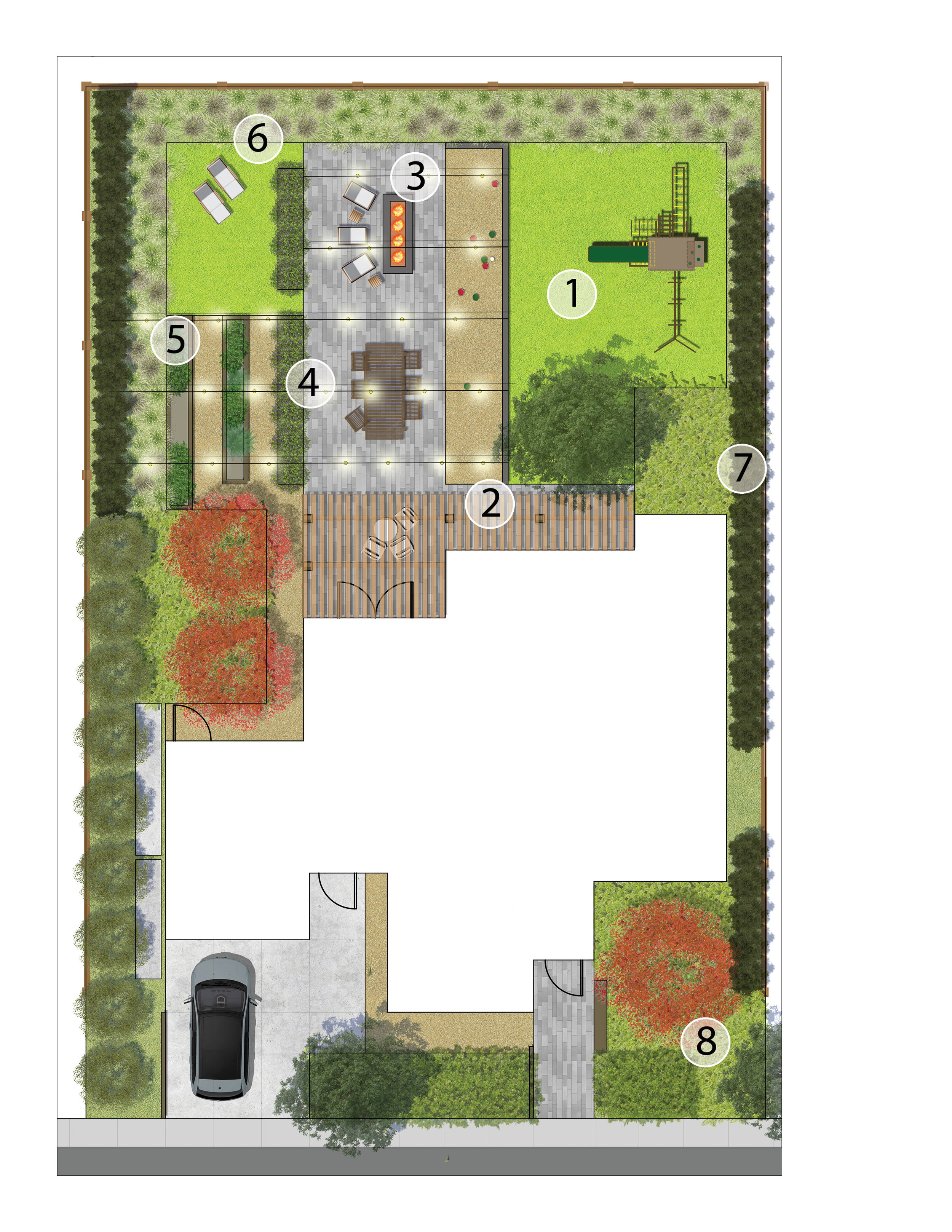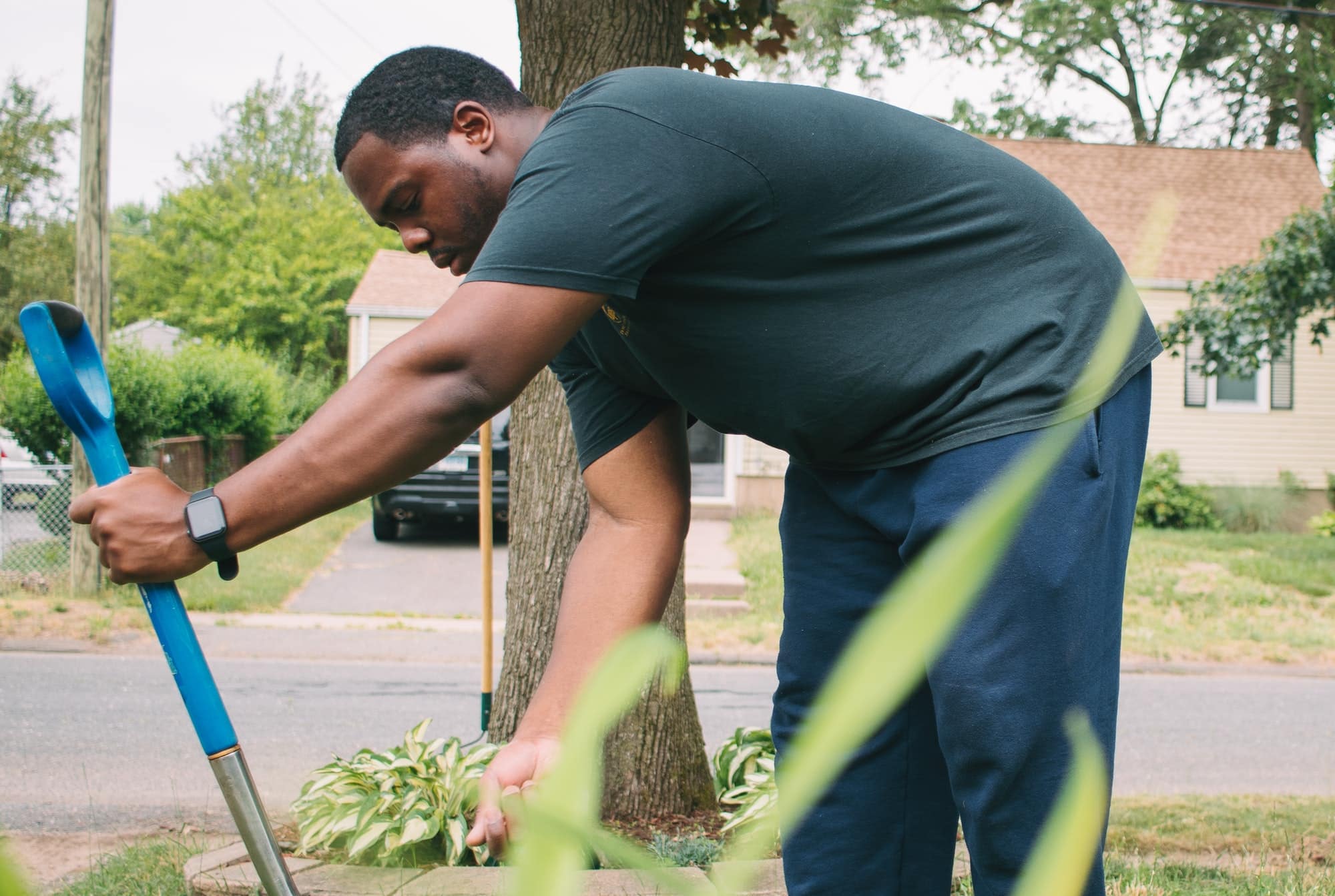The smart Trick of Hilton Head Landscapes That Nobody is Discussing
The smart Trick of Hilton Head Landscapes That Nobody is Discussing
Blog Article
What Does Hilton Head Landscapes Mean?
Table of ContentsHilton Head Landscapes Fundamentals ExplainedThe Single Strategy To Use For Hilton Head LandscapesHilton Head Landscapes Things To Know Before You Get ThisThe 20-Second Trick For Hilton Head LandscapesNot known Factual Statements About Hilton Head Landscapes Things about Hilton Head LandscapesFascination About Hilton Head LandscapesThe Basic Principles Of Hilton Head Landscapes
Kind compatibility is also a significant component of unity in designone or 2 noticeably different types are great for comparison and emphasis, however usually all other kinds should have some similarities for a combined appearance. Texture describes how coarse or great the surface area of the plant or hardscape material feels and/or looks.
Examples of plants with rugged structure include philodendrons, agaves, bromeliads, hollies, hands, and hydrangeas. Attributes that produce fine texture include small vegetation; slim, strappy leaves (yards) or tall, slim stems; small, thick branches and small branches; long stems (vines); and tiny, fragile blossoms.
Not known Factual Statements About Hilton Head Landscapes
Most plants are moderate structure, in that they can not be explained as having either rugged or fine structure. Medium-textured plants act as a history to web link and unify the crude- and fine-textured plants.

To make a space feel smaller, place the crude appearances along the external boundary and the great appearances closest to the visitor. The information of the coarse structure makes the plants appear closer and makes the area really feel smaller sized. The perceived appearance of plants can additionally change with the distance from the plant.
Not known Facts About Hilton Head Landscapes
Strong colors increase the comparison and make the structure show up coarser, while low-key shades can flatten appearance. Hardscape with a coarse texturesuch as extremely rough rocks and vibrant, huge timberstends to make all plant material show up more moderate distinctive. Designers frequently establish a texture research (Number 8) theoretically to assist choose the arrangement of plant materials.
Shade in plant material and hardscape includes rate of interest and selection to the landscape. Shade is the most conspicuous element in the landscape and is normally the focus of most homeowners; nevertheless, it is also the most momentary component, typically lasting only a few weeks a year for specific plants.
The Main Principles Of Hilton Head Landscapes
A straightforward summary of the shade wheel consists of the 3 main shades of red, blue, and yellow; the three additional colors (a mix of two primaries) of eco-friendly, orange, and violet; and six tertiary shades (a mix of one adjacent primary and secondary color), such as red-orange. Shade theory describes the partnership of colors to every various other and exactly how they ought to be utilized in a structure.

Similar (occasionally called harmonious) shade systems are any 3 to five colors that are nearby on the shade wheel, such as red, red-orange, orange, yellow-orange, and yellow, or blue, blue-violet, and violet (bluffton landscaping). The shades are related to each other because they normally include two primaries mixed to develop an additional and two tertiary colors, which suggests they share usual residential or commercial properties
They have a tendency to have high contrast in between them. The most common sets are violet and yellow, red and environment-friendly, and blue and orange. Complementary shades are usually located naturally in flowers; a common set is yellow and violet. Shade is discovered in the flowers, foliage, bark, and fruit of plants.
Not known Details About Hilton Head Landscapes
Green vegetation in all its different tones is the dominant shade by quantity, yet other shades capture focus much more readily as a result of their high contrast to the color environment-friendly. Shade is also discovered in structures, rocks, pavers, timber, and furniture. Most colors in all-natural products, such as stone and wood, are generally muted and have a tendency to be variants of brown, tan, and pale yellow.
Colors have homes that can impact emotions, spatial assumption, light quality, equilibrium, and focus. Amazing colors often tend to be relaxing and must be utilized in locations for relaxation and peacefulness.
About Hilton Head Landscapes
Trendy colors tend to decline and are perceived as being further away, making a space really feel larger. Shade can also be utilized to capture focus and direct views.
Brilliant yellow, which has the highest strength, also has a high contrast with all other shades (typically defined as a "pop" of color) and must be used moderately. A little quantity of intense color has as much visual weight as a big quantity of a more suppressed or weak color.
Comparable (occasionally called harmonious) color pattern are any three to 5 shades that are adjacent on the color wheel, such as red, red-orange, orange, yellow-orange, and yellow, or blue, blue-violet, and violet. The colors belong per other because they usually consist of 2 primaries blended to form an additional and 2 tertiary shades, which implies they share common buildings.
The Greatest Guide To Hilton Head Landscapes
They often tend to have high comparison between them. One of view the most usual collections are violet and yellow, red and eco-friendly, and blue and orange. Complementary colors are typically found naturally in blossoms; a common set is yellow and violet. Color is found in the flowers, vegetation, bark, and fruit of plants.
Environment-friendly vegetation in all its numerous tones is the dominant shade by quantity, however other shades catch attention a lot more readily due to their high comparison to the color green - landscaping hilton head sc - https://www.openstreetmap.org/user/h1tnhdlndscps. Color is likewise found in buildings, rocks, pavers, wood, and furnishings. Many shades in natural materials, such as stone and timber, are commonly soft and have a tendency to be variants of brown, tan, and light yellow
Getting My Hilton Head Landscapes To Work
Colors have buildings that can influence emotions, spatial understanding, light quality, equilibrium, and focus. Amazing colors have a tendency to be calming and ought to be made use of in locations for leisure and calmness.
Amazing colors often tend to recede and are viewed as being farther away, making a space really feel larger. Shade can also be used to capture interest and direct views - https://h1tnhdlndscps.carrd.co.
Intense yellow, which has the highest possible intensity, additionally has a high contrast with all various other shades (frequently explained as a "pop" of shade) and need to be utilized sparingly. A little quantity of intense shade has as much visual weight as a big quantity of a much more restrained or weaker shade.
Report this page